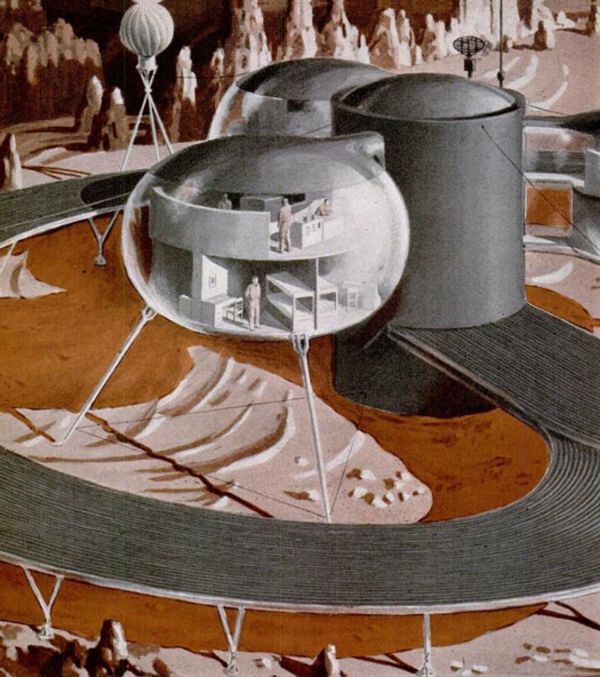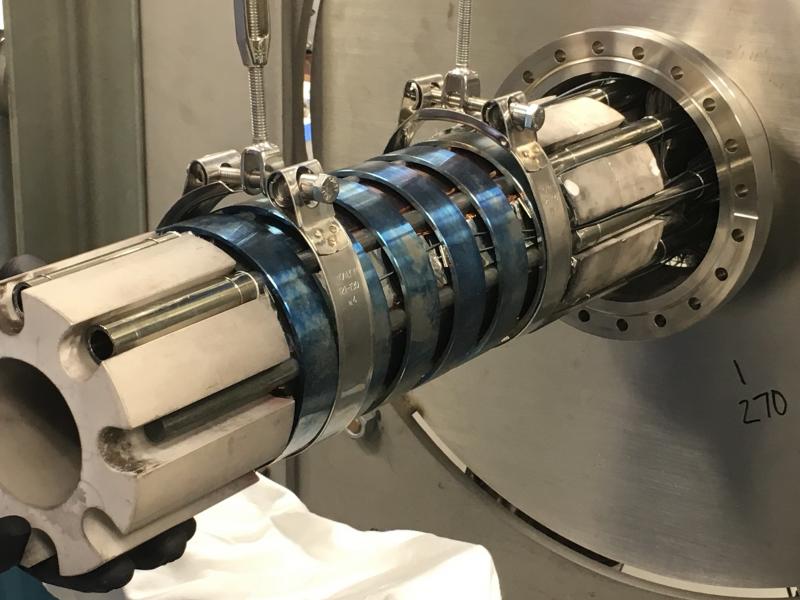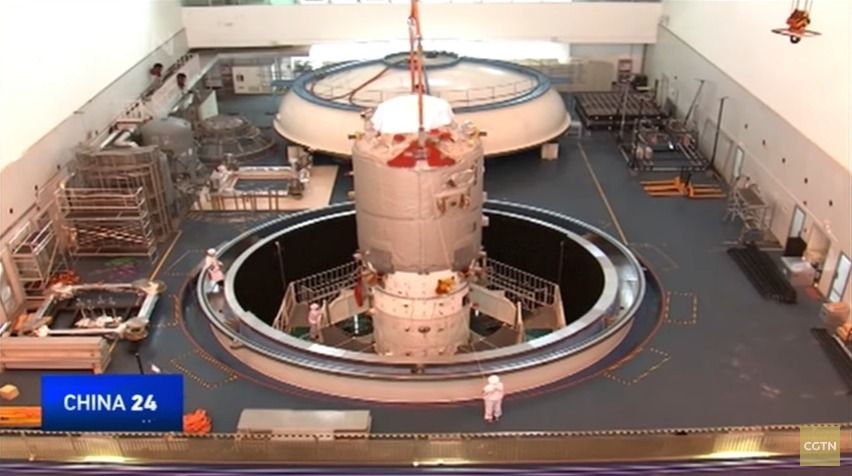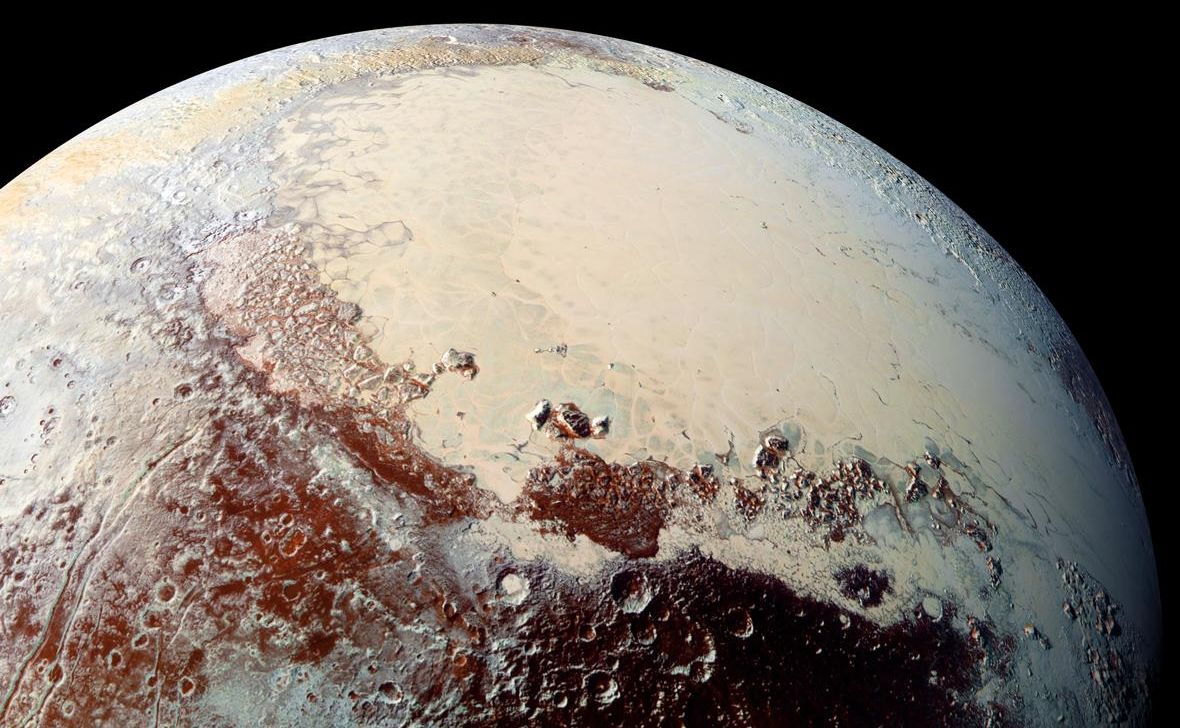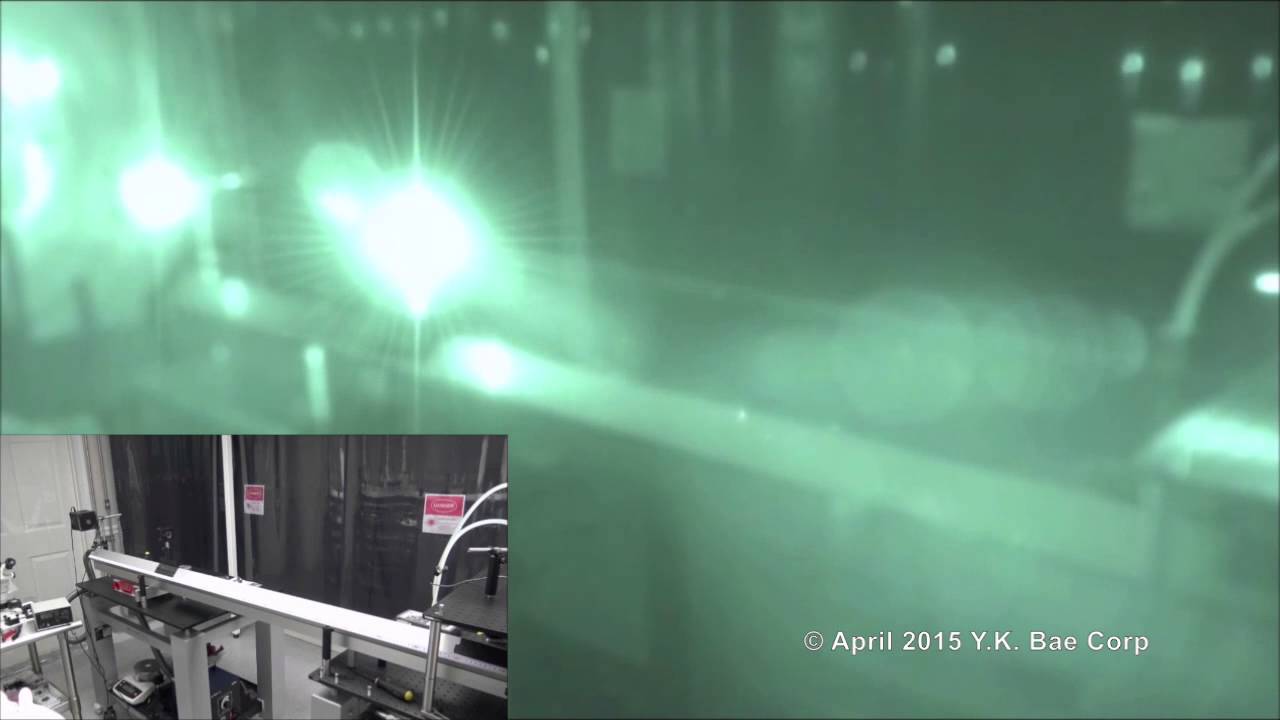A little more than 40 years ago, Dubai was a tiny pearl-fishing village lined with dirt roads. Now it’s the largest and most futuristic city in the world, the jewel of the United Arab Emirates (UAE). From manmade, palm tree-shaped archipelagos to jetpack-wearing firefighters and the world’s tallest building, the city has a reputation for taking on insanely ambitious projects and executing them with swiftness and expertise. Now, the UAE has a vision to build an even crazier city—on Mars.
On Tuesday, hot on the heels of the World Government Summit in Dubai, the vice president and prime minister of the UAE and Emir of Dubai, Sheikh Mohammad bin Rashid Al Maktoum, announced the country’s goal of building a “mini-city and community on Mars” with international cooperation.
“We aspire to great things, so my brother Mohammed bin Zayed [the first president of the UAE and crown prince of Abu Dhabi] and I today decided the UAE will join the global effort to send humans to Mars,” Al Maktoum announced, as if going to Mars were as easy as deciding what to have for dinner.
